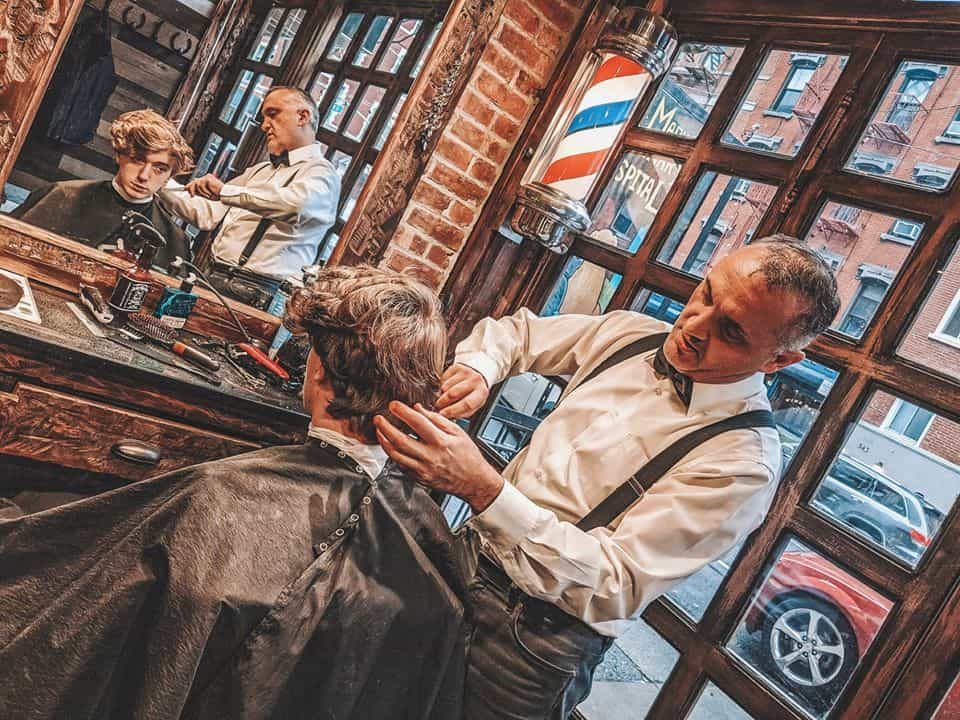Hairdressers as Artistic Curators Molding Neighborhood Identity and Bonding in New City
Hairdressers as Artistic Curators Molding Neighborhood Identity and Bonding in New City
Blog Article
Hair salons in NYC are not only locations to get a trim; they serve as important community centers that help shape community identity and nurture relationships among locals. These businesses have a rich heritage in city settings, acting as gathering spots where people from diverse backgrounds come together. In many neighborhoods, barbershops are often the initial venue where clients can engage in conversations about local issues, exchange stories, and forge relationships. This distinct role makes barbers not only talented professionals but also community curators who add to the community fabric of their communities.
The atmosphere in a barbershop is often lively and welcoming, creating a setting where clients feel at ease sharing themselves. Barbers are known for their ability to connect with clients, often engaging in talks that range from sports to politics. This interaction helps to create a feeling of belonging among patrons, as they share their stories and viewpoints. In many instances, barbershops mirror the ethnic diversity of the neighborhoods they serve, showcasing different hairstyles, grooming techniques, and even music that connect with the local community. This cultural exchange enhances the interaction for all involved and strengthens community ties.
Barbershops also have a key role in maintaining cultural heritage. Many barbers have been educated in specific techniques that are passed down through generations, ensuring that unique styles and practices are not lost over time. For example, certain haircuts and grooming methods may be tied to cultural background, allowing clients to show their identity through their look. By maintaining these traditions, barbershops help to keep cultural narratives alive, providing a feeling of pride and connection for local members.
In furthermore to their cultural importance, barbershops often participate in community outreach and support local initiatives. Many barbers take an active role in addressing social issues, such as education and health education, by organizing events or offering resources to their clients. This involvement demonstrates a commitment to the well-being of the community and fosters a sense of duty among barbers. By using their influence to encourage positive development, barbershops Continue Reading become essential players in the community, further solidifying their role as cultural curators.
In conclusion, barbershops in NYC serve as crucial places for cultural interaction, community building, and identity formation. They provide a unique environment where people can bond, exchange, and honor their diverse backgrounds. As cultural curators, barbers not only shape the way clients show themselves but also affect the broader community dynamics. By recognizing the value of these businesses, we can appreciate the vital role they have in building connections and preserving cultural heritage in urban settings.